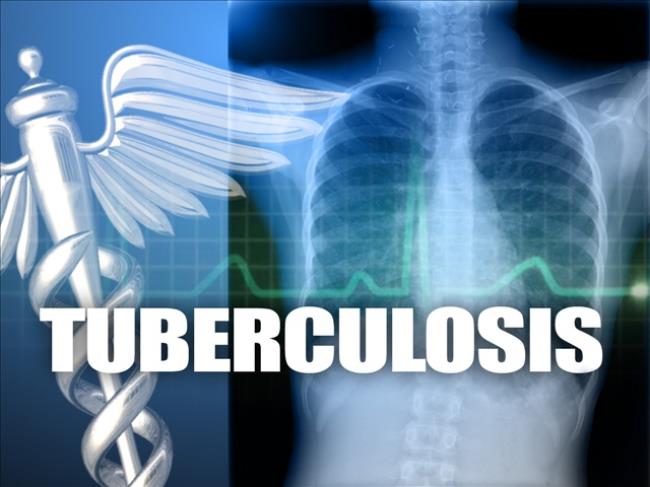WRITTEN BY PROF. PETER KATCHY
Tuberculosis was medically discovered by a German, Robert Koch, in 1882. It is an airborne disease caused by Mycobacterium, which generally affects the lungs and can kill around four thousand people a day. Reports indicate that, globally, about one point seven million people are dying of this disease yearly.
Tuberculosis gets transmitted from the infected person to another weak person through the droplets formed in the throat or lungs. Ending Tuberculosis is timelier than ever. This is because it remains the world’s deadliest infectious killer. Each day, nearly 4,500 people lose their lives to Tuberculosis and close to 30,000 people fall ill with this preventable and curable disease. However, global efforts to combat Tuberculosis have saved an estimated 54 million lives since the year 2000 and reduced the Tuberculosis mortality rate by 42%. This disease is deeply rooted in populations where human rights and dignity are limited.
While anyone can contract Tuberculosis, the disease thrives among people living in poverty, communities and groups that are marginalized, and other valuable populations. These include: migrants, refugees, the elderly, marginalized women and children in many settings etcetera. Factors such as malnutrition, poor housing and sanitation, compounded by other risk factors such as tobacco and alcohol use affect vulnerability to Tuberculosis care.
However, tuberculosis is a completely curable disease at very low-cost. Fortunately, since 1990, the mortality rate of tuberculosis has decreased by forty per cent all over the world because of its awareness. Before the turn of this millennium, tuberculosis was the leading cause of death in the world; but now, it is eighteenth. The change in status is due to the discovery of remedies and modern preventive measures.
Tuberculosis can affect wild and domestic animals, but spread of infection from animals to man is extremely rare. Tuberculosis is generally thought of as a disease of the lungs, but from a pulmonary focus, it may attack any part of the body. It is contracted by inhaling into the lungs bacteria that have been coughed into the air by a person with advanced disease and therefore contagious.
Tuberculosis germs are passed from person to person in numerous ways. Careless people spit on the floor, in public places or on walks or paths. The germs may be in their sputum. Mixed with dust, some of these germs may be blown about and breathed in by the passerby or be carried into homes. Children play in such places, soil their hands and playing materials and later carry the germs into their mouth. Germs may be left on spoons, drinking cups, whistles or pencils, which may be taken into the mouth.
If a cow has tuberculosis, germs may get into the milk. Also, if a person with tuberculosis handles milk, it may be contaminated. Far more dangerous is the direct contact of a person with another who has the disease. A tuberculosis mother who kisses her baby on the mouth is almost sure to plant some of her germs in the body of her child. Unfortunately, other members of the household or friends may have tuberculosis without their knowledge and how dangerous it is for them to kiss children.
Once active tuberculosis appears, it usually involves the chest, although it can develop anywhere in the body. At any stage of this development, organisms may find their way into the blood stream and new foci of disease can spring up in the body. Diagnosis and investigations can be through laboratory tests.
The control of tuberculosis is through detection of individuals with tuberculosis in
order to render them non
infections; detection of those
who are infected, but have not yet
developed the disease in order to prevent
them
from developing it and detection of uninfected person in order to
prevent them from becoming infected by immunizing
them with BCG.
Access to adequate health care is very pertinent to effective control of tuberculosis. Anambra state government must be commended for its radical approach to health issues in the state. The ultimate goal of the government is provision of adequate health services for the people. All hands must however be on deck to involve leaders and everyone to end tuberculosis.





Comments are closed for this post.